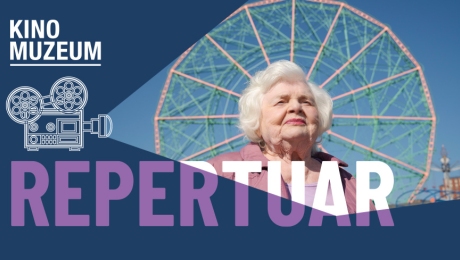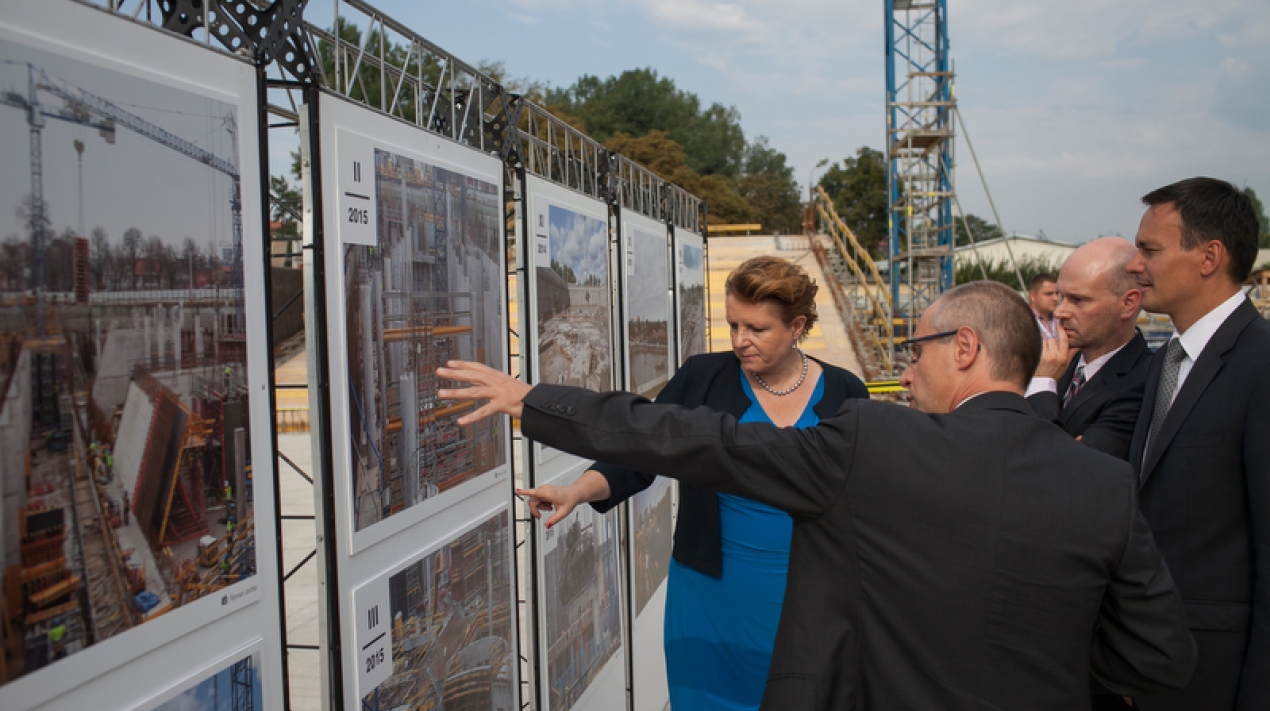Open day at the Museum construction site.
The inauguration of the open day at the construction site of the Museum of the Second World War was attended by: Minister of Culture and National Heritage Małgorzata Omilanowska, Head of the Prime Ministerial Chancellery Jacek Cichocki, and Gdańsk Mayor Paweł Adamowicz.
The guests were welcomed at the construction site by the Museum director, Professor Paweł Machcewicz, who talked about the institution in the making:
“It is one of the biggest cultural investments being undertaken in Europe. And it is devoted to the most important event in the history of the 20th century, an event which was not only a terrible tragedy and trauma, but also a time of the greatest heroism and sacrifice. For in the name of protecting one’s homeland, freedom and fundamental values, these events are also relevant today.”
Next, the Head of the Chancellery, Jacek Cichocki read a letter from Prime Minister Ewa Kopacz, who wrote:
“The Museum will be a place of dialogue between tradition and modernity, an institution introducing new forms and methods of activity, and spreading knowledge through multimedia presentations. This modern institution will be one of the largest of its type in the world. It shall also be a very important place on the map of the dynamically developing city of Gdańsk, which at the same time does remember its history.”
The Minister of Culture and National Heritage, Małgorzata Omilanowska, stressed the fact that several important museums have opened in Poland during the last several years.
“There are many new places on the map of Poland, where important moments in our history are discussed. This shows how important historical policy is to us, how much we have already managed to achieve, how seriously we take historical policy in the context of cultural activity, and the great importance that we attach to it.”
After the official part the guests went 14 metres underground to future exhibition rooms for a premiere screening of the film about the Museum’s main exhibition and to see about a dozen exhibits, which will be on permanent display. The participants saw the Sherman Firefly tank, a German wagon used to transport people (also to concentration camps), an original specimen of the ‘Enigma’ coding machine, a camera of the American documentary film maker Julien Bryan, mementoes of Antoni Kasztelan, a AP5 radio transmitter and receiver, a toy car found in the rubble of a house bombed in Kalisz in September 1939, and a Jewish tombstone from the Jewish cemetery in Pułtusk near Warsaw deliberately profaned by the Germans who used it to pave a road.
On 1 p.m. the construction site opened to inhabitants of Gdańsk, Gdynia and Sopot who had signed up to sightseeing groups.















